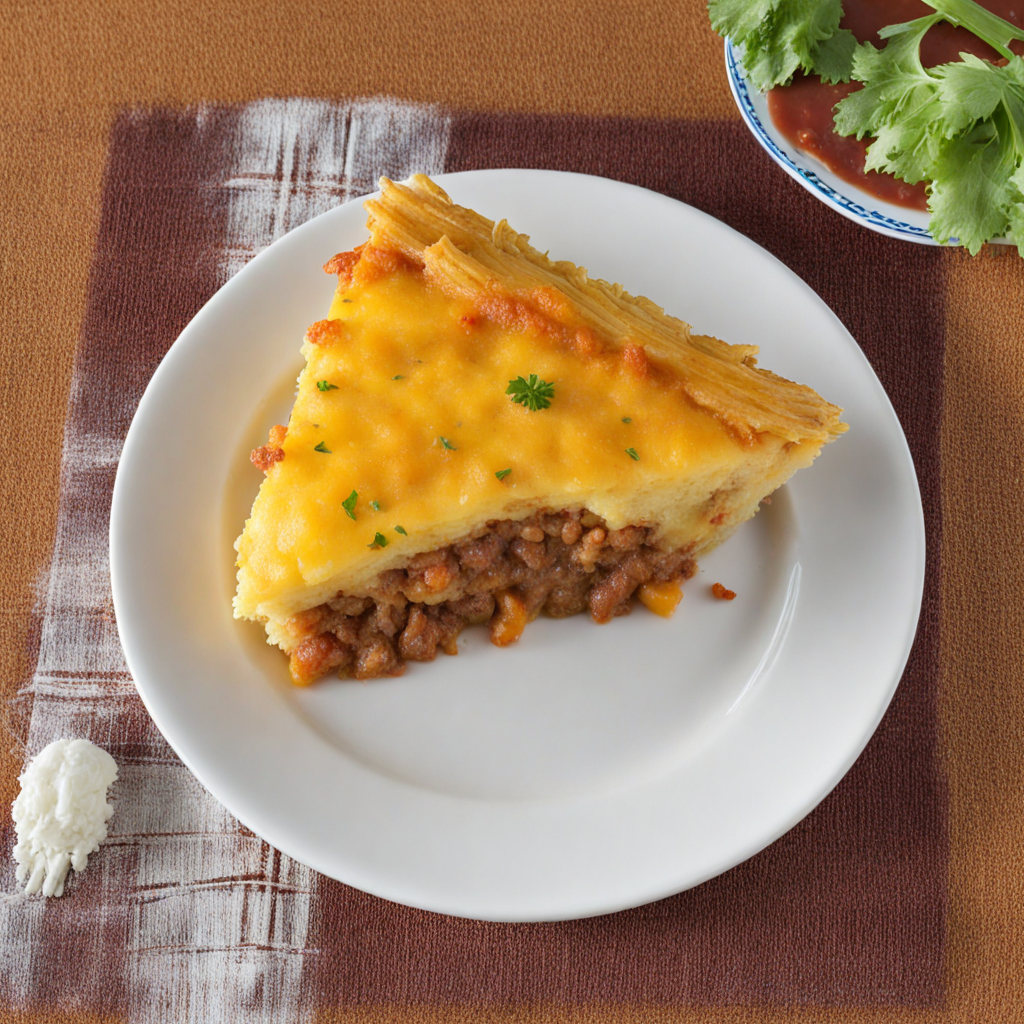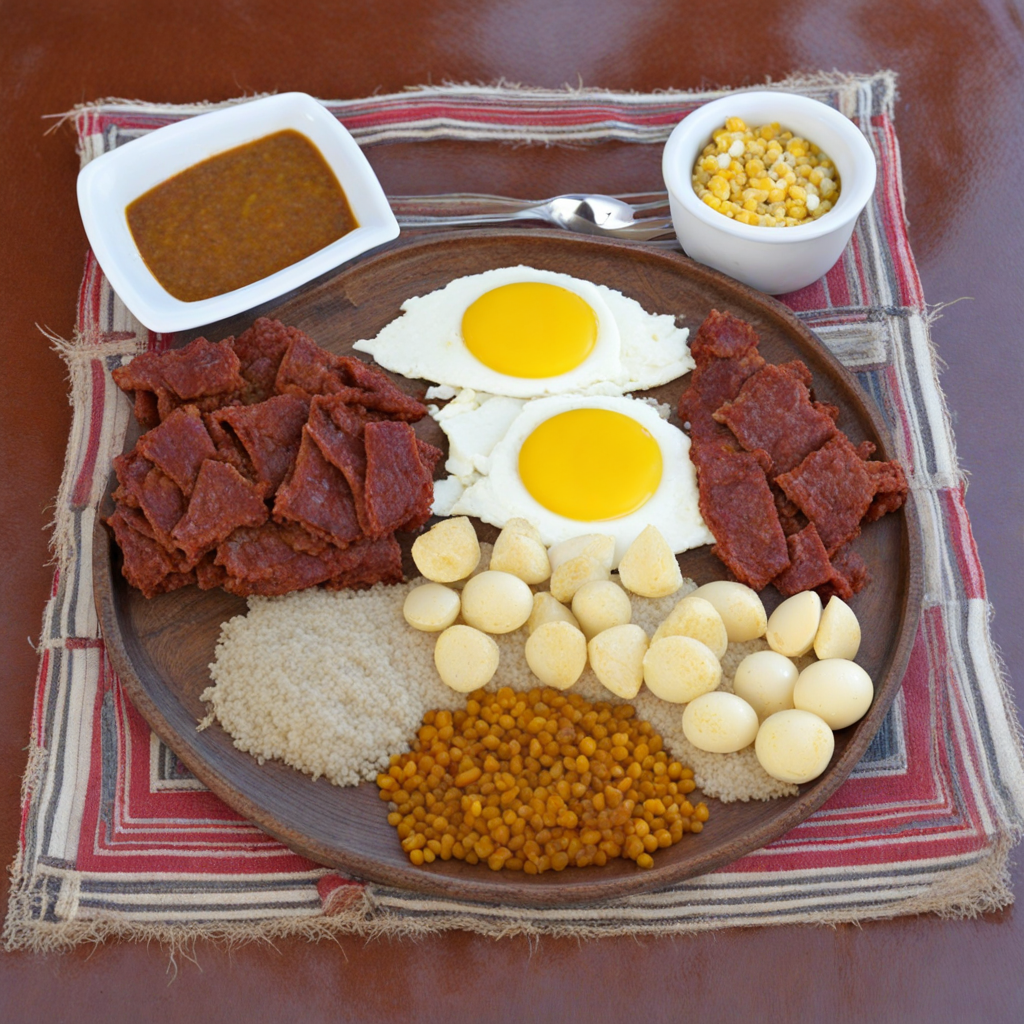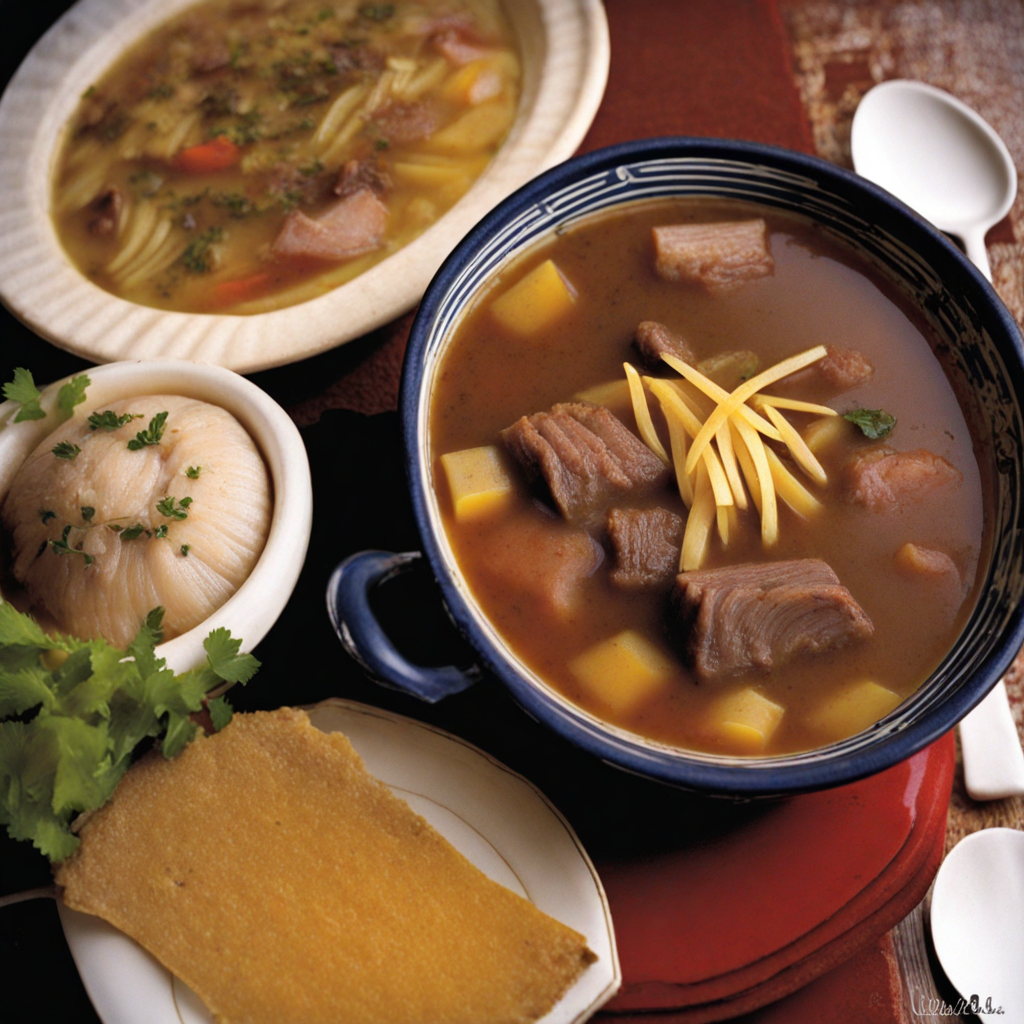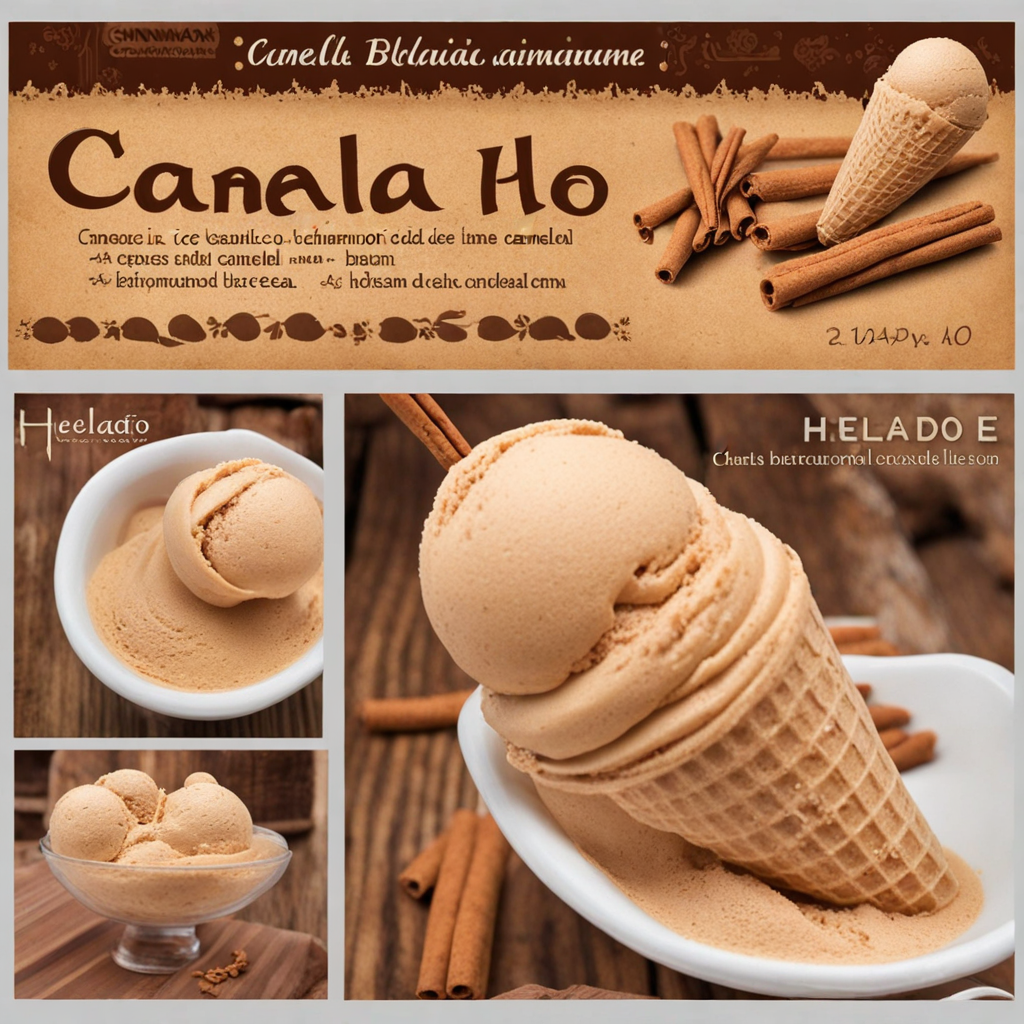Pastel de Papa
Pastel de Papa is a delightful Bolivian dish that showcases the rich culinary traditions of the Andes. At its core, this dish consists of layers of creamy mashed potatoes, which are often seasoned with herbs and spices to enhance their flavor. The potatoes are typically prepared until velvety smooth, and their natural sweetness is brought out through careful cooking. This base is complemented by a savory filling, usually made from ground beef or chicken, which is sautéed with onions, garlic, and a medley of colorful vegetables. The result is a harmonious combination of textures and flavors that is both comforting and satisfying. What sets Pastel de Papa apart from other potato dishes is its unique layering technique. The mashed potatoes are spread out in a baking dish, followed by the meat and vegetable mixture, and then topped with an additional layer of mashed potatoes. This creates a visually appealing dish that is baked until golden brown and crispy on top. The contrast between the fluffy potato layers and the hearty filling adds depth to each bite, making it a true delight for the senses. Served warm, Pastel de Papa can be enjoyed on its own or accompanied by a fresh salad or a side of tangy salsa. This dish is not only a staple in Bolivian households but also a popular choice at celebrations and gatherings, where it brings people together over a shared love for good food. Exploring Pastel de Papa is like taking a journey through Bolivian culture, where every forkful tells a story of tradition, family, and the beautiful landscapes of the Andes.
How It Became This Dish
Pastel de Papa: A Culinary Journey Through Bolivia’s Rich Heritage The culinary landscape of Bolivia is a vibrant tapestry woven from the threads of its diverse cultures, indigenous traditions, and historical influences. One dish that stands out in this rich gastronomic tradition is the Pastel de Papa. This delightful potato pie, often filled with meat, vegetables, and spices, embodies the heart and soul of Bolivian cuisine. To understand Pastel de Papa is to embark on a journey through the history, culture, and evolution of food in Bolivia. Origins: The Heart of the Andes The origins of Pastel de Papa can be traced back to the Andean region of South America, where the potato has been cultivated for thousands of years. The potato is a staple food for many indigenous communities in Bolivia, with archaeological evidence suggesting that it was first domesticated in the area as early as 3000 BC. The Incas revered the potato, referring to it as “papas,” and incorporated it into their diet as a fundamental source of nourishment. Bolivia’s diverse geography, ranging from the high altitudes of the Andes to the lush lowlands of the Amazon, has contributed to the cultivation of various potato varieties, each with its unique flavor and texture. The availability of these indigenous potatoes laid the groundwork for the creation of dishes like Pastel de Papa, which highlights not only the versatility of the potato but also the culinary ingenuity of the Bolivian people. Cultural Significance: A Symbol of Community Pastel de Papa is more than just a dish; it serves as a symbol of community, family, and tradition in Bolivian culture. It is often prepared for special occasions, family gatherings, and local festivities, reflecting the importance of communal meals in the Bolivian way of life. The act of cooking and sharing Pastel de Papa brings people together, fostering connections and reinforcing social bonds. The dish also showcases the blend of indigenous and Spanish culinary influences that characterize Bolivian cuisine. The arrival of the Spanish colonizers in the 16th century introduced new ingredients such as beef, chicken, and spices, which were incorporated into traditional recipes. This melding of flavors and techniques is evident in Pastel de Papa, where indigenous potatoes meet European influences, resulting in a unique and flavorful dish that resonates with the diverse heritage of Bolivia. The Development Over Time: Evolution of a Classic As Bolivia’s culinary landscape evolved, so too did Pastel de Papa. The dish has adapted to reflect regional variations, local ingredients, and cultural influences. While the basic concept of layering mashed potatoes with filling remains constant, the ingredients and preparation methods can vary significantly from one region to another. In urban areas, particularly in cities like La Paz and Cochabamba, Pastel de Papa has taken on a more sophisticated character. Chefs and home cooks alike have experimented with gourmet versions, incorporating modern cooking techniques and global flavors while still honoring the traditional elements of the dish. Variations may include the addition of cheese, olives, or even exotic spices, demonstrating how Pastel de Papa continues to evolve while retaining its beloved roots. In rural communities, the preparation of Pastel de Papa often involves traditional methods, such as cooking in clay pots or using open fires. These practices not only preserve the authenticity of the dish but also highlight the connection to ancestral cooking techniques. In these settings, Pastel de Papa is often made with locally sourced ingredients, emphasizing the importance of sustainability and the use of seasonal produce. A Culinary Experience: Preparation and Presentation The preparation of Pastel de Papa is a labor of love, involving multiple steps that transform simple ingredients into a comforting and satisfying meal. The base is typically made from boiled and mashed potatoes, which are seasoned with salt and sometimes enriched with butter or cream for added creaminess. The filling is where creativity shines, often consisting of ground meat, such as beef or chicken, sautéed with onions, garlic, and spices like cumin and paprika. Some variations include vegetables or hard-boiled eggs, adding layers of flavor and texture. Once the components are prepared, the layering begins. A portion of the mashed potatoes is spread at the bottom of a baking dish, followed by a generous layer of the savory filling, and then topped with the remaining mashed potatoes. The dish is then baked until golden brown, creating a delicious crust that contrasts beautifully with the soft, flavorful interior. When served, Pastel de Papa is often accompanied by a simple salad or aji (a spicy sauce), enhancing the flavors and adding a fresh element to the meal. The presentation is rustic yet inviting, reflecting the communal nature of the dish and the joy of sharing it with loved ones. Conclusion: Pastel de Papa as a Culinary Heritage Today, Pastel de Papa remains a cherished dish in Bolivia, celebrated for its comforting flavors and cultural significance. It is a testament to the resilience and creativity of the Bolivian people, who have managed to preserve their culinary heritage while embracing change and innovation. As Bolivia continues to evolve in the global culinary scene, Pastel de Papa stands as a proud representative of its rich history, bridging the past and present. Whether enjoyed at a festive gathering or a quiet family meal, this potato pie is not just food; it is a story of a nation, a celebration of community, and a delicious reminder of the enduring power of culinary traditions. In every bite of Pastel de Papa, one can taste the history, culture, and love that have shaped Bolivia’s gastronomic identity for generations.
You may like
Discover local flavors from Bolivia






